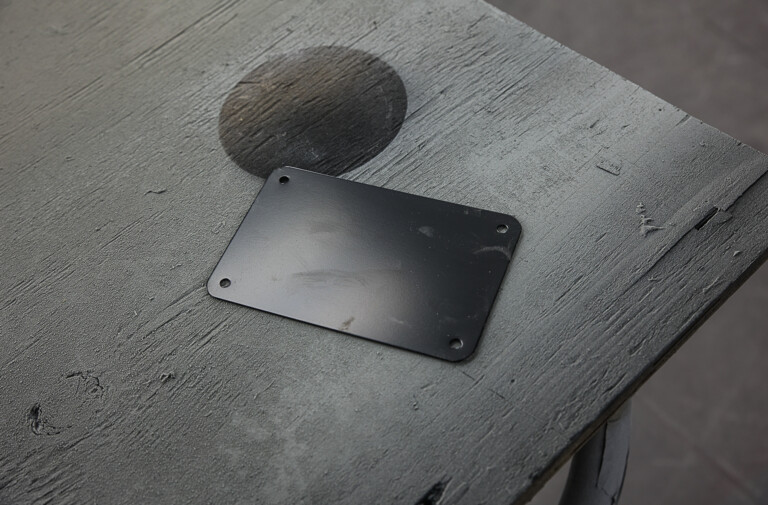The sun has almost set on the days of finding affordable project vehicles that have nearly rust-free bodies. If you’re going to restore a vehicle these days, you better be ready to do some rust repair and replace some panels.
If you’ve never done a panel replacement it can seem intimidating at first, but like any other type of bodywork, it comes down to preparation and parts selection. If you’re trying to tackle a restoration project at home, chances are you already have all the basic tools required to replace a body panel. We talked with Jon Nachreiner from Garret’s Rod Shop to learn the basics of how to install body and patch panels that you can get from companies like United Pacific Industries for your project vehicle.
Aftermarket panels come in all shapes and sizes, but they all need some kind of prep work before they can be installed.
Preparing For Surgery
The more you prepare for your bodywork project, the higher the probability it will be successfully completed. You’ll want to prepare the area of the body you’re going to be working on. This usually means removing all the rusty and bad material so you know exactly how big of an area you’re going to need to replace. This is going to prevent future rust problems, make the panel look better, and make it easier to secure the fresh metal to the vehicle.
Now that you have a sterile field to work with, you need to look over the new panel that you’ll be using. Inspect the panel and make sure there are no dings, dents, tears, or other defects. If everything looks good, make sure it’s the right part for your project. Sometimes parts can get put in the wrong boxes or mislabeled, so just double-check to make sure it’s what you need before you move forward.
If everything looks good with the part you received, it’s time to start the fitting process. Your first thought might be to strip the part down to bare metal, but you don’t want to do that. The coating that was applied to the part prevents rust. Your oily and dirty hands will introduce all kinds of contaminates to the bare metal, increasing the probability it will rust, and will make paint prep more of a challenge.
Proper prep work ins the most important part of installing aftermarket body panels.
It doesn’t matter what part panel you’re going to replace, according to Nachreiner, it will need some adjustments to fit your vehicle.
“You’ll want to take the part or panel and do a preliminary test fit to see what changes will…
Click Here to Read the Full Original Article at DragzineDragzine…


